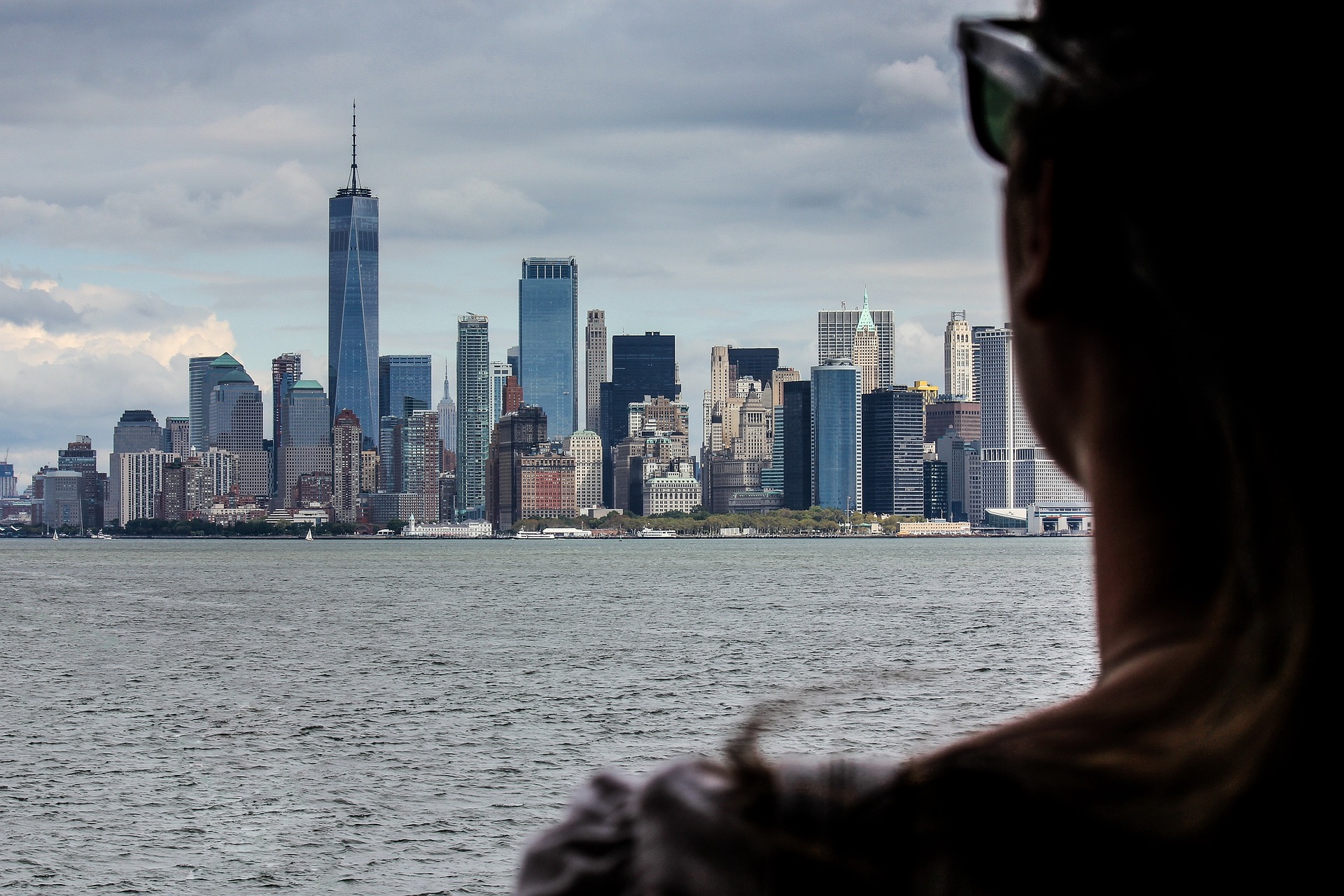Rewriting Beauty Norms: The Move Towards Age Inclusivity
In many cultures, the concept of aging is often associated with decline and decay, a trend heavily reinforced by the beauty industry's incessant drive for youthfulness. From "anti-aging" creams to "age-reversing" serums, the message is clear: aging is a problem that needs fixing. However, a shift is slowly taking place. The beauty and fitness industry is beginning to rewrite this narrative and embrace age inclusivity, recognizing age as a natural process and a reflection of one's life journey.
The History of Anti-Aging
The obsession with youth and the fight against aging has deep roots in our society. In the early 20th century, the beauty industry began promoting products that promised to delay or reverse signs of aging. The cultural narrative was clear - aging was an enemy to be fought. This trend accelerated in the 1950s, coinciding with the rise of consumerism and the post-war boom. The message was further amplified by the media, which projected images of youthful beauty as the ideal, impacting societal perceptions and reinforcing ageist stereotypes.
The Current Shift Towards Age Inclusivity
Today, there’s a growing paradigm shift in the beauty and fitness industry as it moves towards age inclusivity. Brands are increasingly championing the idea of “aging gracefully,” replacing the term “anti-aging” with “pro-aging” or “healthy aging.” This shift is not only about changing vocabulary but also about promoting a holistic approach to health and beauty that celebrates all stages of life.
Expert analysis suggests that this shift is driven by changing demographics, with a significant increase in the global aging population. As per World Health Organization reports, by 2050, nearly 2 billion people worldwide will be aged 60 or over. This demographic shift is influencing market trends and pushing the industry to cater to a more mature audience.
The Benefits of Age Inclusivity
The move towards age inclusivity in the beauty and fitness industry has several positive benefits. It challenges ageist stereotypes and promotes self-love and acceptance at all stages of life. It also drives innovation in product development, with brands creating products tailored to the specific needs of an aging population.
Moreover, age inclusivity in fitness encourages older adults to maintain or improve their physical condition. Regular exercise can help reduce the risk of chronic diseases, improve mental health, and enhance overall quality of life.
The Impact on the Market
Age inclusivity’s impact on the beauty and fitness industry is significant. It has led to the emergence of new product categories, such as “age-positive” skincare lines and fitness programs designed for older adults. This shift is not only reshaping the industry but also creating new opportunities for growth.
Evidence suggests that consumers are responding positively to this change. A recent survey found that 70% of women aged 40 and above want to see more beauty and wellness products targeting their age group.
Conclusion
The move towards age inclusivity in the beauty and fitness industry is a positive step forward. It not only promotes a healthier, more accepting view of aging but also presents new opportunities for industry growth. As we continue to challenge societal norms and rewrite the narrative around aging, we can hope for a future where beauty is not defined by age but celebrated at every stage of life.





